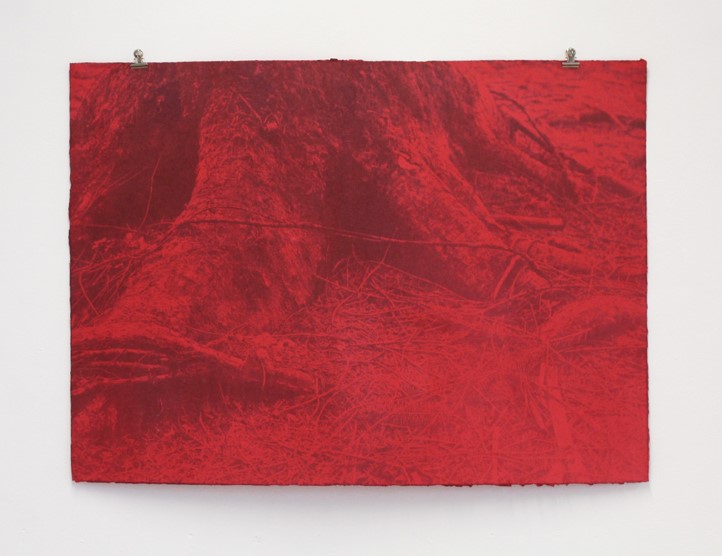Do you have any early memories of being attracted to art?
I can go as far back as nursery school because I was always pushed into art starting with finger painting. As far as I can remember I always loved art. Whenever I produced something, my mum would laminate the work or put it up on the fridge. I can remember drawing and colouring in when I was around 5 years old.
Did you get support at home?
My mum was a Psychology teacher and she latched on to the fact that I loved art, she saw that I had a passion for it, so she just let me keep doing it. She always used to say, “If it makes you happy, do it”.

What about support at school?
My mum was always the person who gave me the most support, but when I went to secondary school, the focus was on academic subjects, maths and science, not art. I did have a teacher who said that if I pursued fine arts as a career I would fail. So not really any support at my school.
One teacher did say that I was the “dark horse” at school in that I would tend to work on darker subjects, and I would produce “distorted” paintings rather than replicate images.
Do you go on to college or university?
Straight after secondary school, I did a Foundation Course at the University of Ulster. The Foundation Course is like a gateway course to your degree. Basically, you get a taster of all the different arts degrees that are available at the university, and in the second semester you pick an area of interest and if you pass that year, you get to go on and do a degree.

What was did you specialise in?
My specialisation was Print-Making and I started to develop my skills during the Foundation Course. Before that I did a bit of everything and I really hadn’t a clue what I wanted to do. I didn’t even know what Print-Making was before I did that course. The Foundation Course really helped me narrow down what I was interested in and what I was good at.
I like working with my hands, and I just fell in love with this kind of art-making. When I first started getting into printing I was using etching as a focus, my drawing skills were quite good, but then I started to use my photography combined with Cyanotype print-making techniques.
How does this technique work?
In terms of the techniques I use, I would take my photographs and work on them through Photoshop. I work on contrasts, negatives, positives, different colours, black and white, and then I invert them, transfer them onto tracing paper, and take them to a dark room or a dark room scenario and expose them.
The Cyanotype processes means using chemicals to create a photo sensitive exposure print, exposing the photographs to a combination of cyanide, potassium and ammonium mixture which is transferred to a sheet. You then take the tracing paper, position the sheet with the chemicals and expose that to UV light. Even though this process has been around for many years, it is probably one of the more modern print processes.

To see more of the work of Nicole Florence click on the link below
